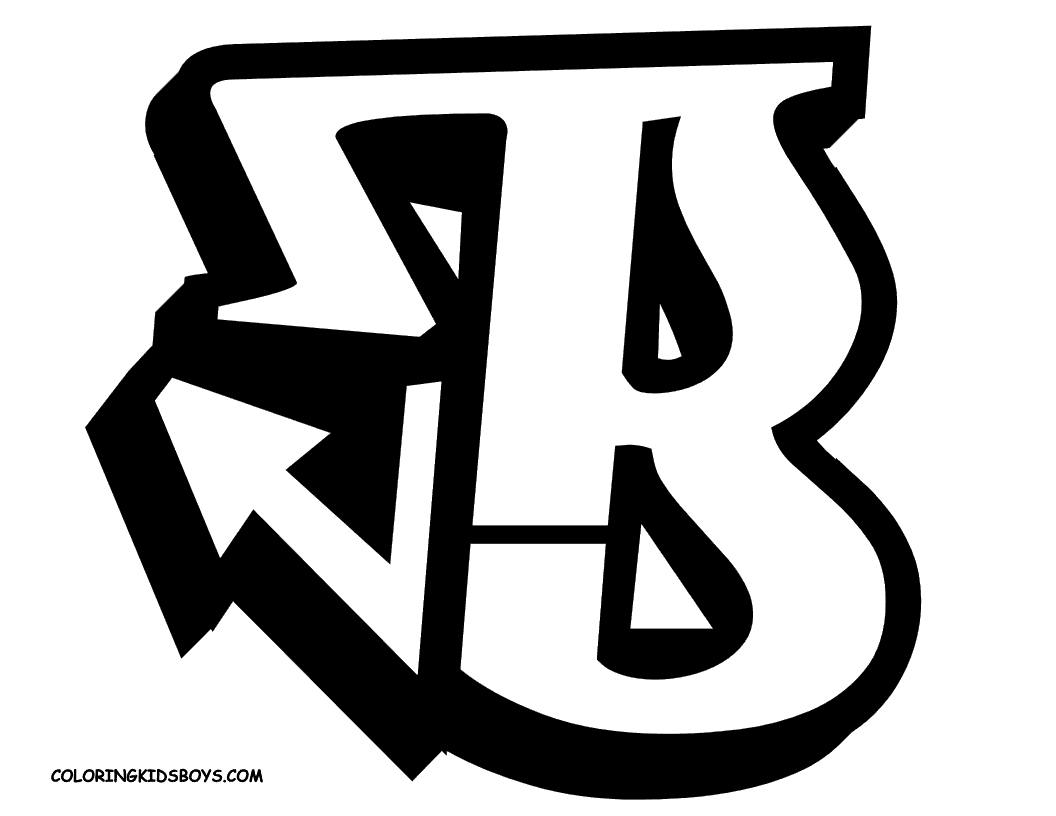
Infrared spectroscopic examination revealed that R. When the microorganisms isolated were combined with Tween® 20, the quantity of live cells increased notably throughout the incubation time, and turbidity and graffiti discoloration were observed. The quantity of live cells throughout the trials and biofilm formation indicated that both strains were able to utilize the paint as a substrate. Two strains isolated from the red graffiti coating (identified as Candida parapsilosis) and one strain isolated from the black powered graffiti (identified as Rhodococcus erythropolis) performed best alone. red and silver graffiti coatings and black powdered graffiti) was evaluated alone and in combination with Tween® 20, to determine their potential as biocleaning agents, in test tube assays. Each of the isolates from the most prolific sources (i.e.

An additional strain was obtained from samples of black powdered graffiti exposed under laboratory conditions for 5 years. In this study, a total of 30 different isolates of bacteria, fungi and yeasts were obtained from black, blue, red and silver graffiti coatings exposed outdoors conditions for 10 years. Microorganisms that can act as biocleaning agents can potentially be isolated from existing graffiti. Infrared (ATR-FTIR) spectroscopy and colour change assessment – mainly in the achromatic parameter L* – showed more intense changes by Comamonas testosteroni. In contrast, non-mapping techniques, such as wetting by droplet, specular gloss and roughness measured in line transects provided less information for the study. Complementarily, surface microtopography - also novel for bioremoval studies with bacteria - offered detailed information on surface irregularities that allows better understanding of the performance of the bacteria. The formation of pinholes - noticeably higher on concrete than on granite - was already observable by naked eye and further proved by digital image analysis, novel to this experiment, which showed holes greater in number due to K. To explore further the graffiti bioremoval capacity by these two newly found suitable bacteria, an experiment was carried out encompassing an improved assay protocol (protocol time was reduced from 20 to 14 days). ATCC 700440 (here identified as Comamonas testosteroni) have previously been shown to be good candidates for graffiti bioremoval, demonstrating in both immersion and subaerial strategies high levels of tolerance to the presence of the graffiti paint and some ability to degrade the graffiti material. Klebsiella aerogenes ATCC 13048 and Comamonas sp. Microbial communities involved in nitrate and sulfate cycles were detected.Halophilic and mineral weathering microorganisms reveal ecological impacts of salts.Poorly (CaSO 4 ) and highly (Ca(NO 3 ) 2, Mg(NO 3 ) 2 ) soluble salts were detected.Further analysis regarding organic matter and recalcitrant elements in the stonework should be carried out.

By contrast, no direct relationship between the damp staining and the salt content or related microbiota was established. A well-defined relationship between microbial data and soluble salts was identified, suggesting that poorly soluble salts (CaSO 4 ) could fill the pores in the stone and lead to condensation and dissolution of highly soluble salts (Ca(NO 3 ) 2 and Mg(NO 3 ) 2 ) in the thin layer of water formed on the stonework. State-of-the-art technology was used for microbial identification, providing information about the microbial diversity and phylogenetic groups present and enabling us to gain some insight into the biological cycles occurring in the community key genes involved in the different geomicrobiological cycles. Soluble salt analysis and culture-dependent approaches combined with archaeal and bacterial 16S rRNA and fungal ITS fragment as well as with the functional genes nirK, dsr, and soxB long-amplicon MinION-based sequencing were performed. To enhance understanding of the role of microorganisms in the presence of salt and damp stains, we determined the salt content and identified the microbial ecosystem in several paving slabs and inner wall slabs (untreated and previously bio-desalinated) and in the exterior surrounding soil. The irregular damp dark staining on the stonework of a salt-contaminated twelfth century granite-built chapel is thought to be related to a non-homogeneous distribution of salts and microbial communities.


 0 kommentar(er)
0 kommentar(er)
